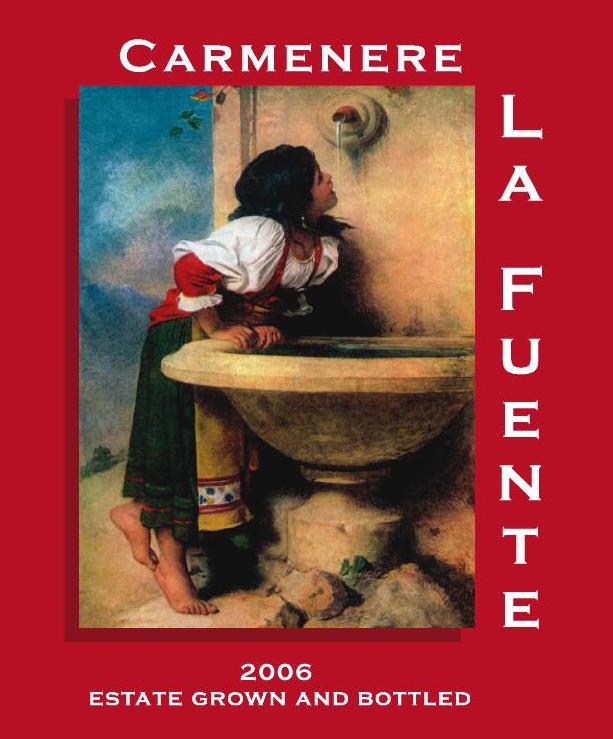2006 Maule Valley Carmenere
The Winechil Vineyards & Winery La Fuente, a 2006 Carmenere from the illustrious Maule Valley, showcases the region's ability to produce remarkable red wines. With its deep ruby hue, this wine immediately captures the eye. On the palate, it presents a medium-bodied structure, revealing a delightful balance of bright acidity that invigorates the senses. The fruit intensity is prominent, offering luscious notes of black cherry and plum, harmoniously complemented by subtle undertones of spice and herbal complexity. Tannins are notable yet refined, providing a firm backbone without overwhelming the experience. This wine is bone-dry, allowing the vibrant fruit profile to shine through, making it a superb choice for a thoughtful pairing with grilled meats or hearty stews. Enjoy this remarkable vintage as it continues to evolve and develop in the glass.
The Winechil Vineyards & Winery La Fuente, a 2006 Carmenere from the illustrious Maule Valley, showcases the region's ability to produce remarkable red wines. With its deep ruby hue, this wine immediately captures the eye. On the palate, it presents a medium-bodied structure, revealing a delightful balance of bright acidity that invigorates the senses. The fruit intensity is prominent, offering luscious notes of black cherry and plum, harmoniously complemented by subtle undertones of spice and herbal complexity. Tannins are notable yet refined, providing a firm backbone without overwhelming the experience. This wine is bone-dry, allowing the vibrant fruit profile to shine through, making it a superb choice for a thoughtful pairing with grilled meats or hearty stews. Enjoy this remarkable vintage as it continues to evolve and develop in the glass.




